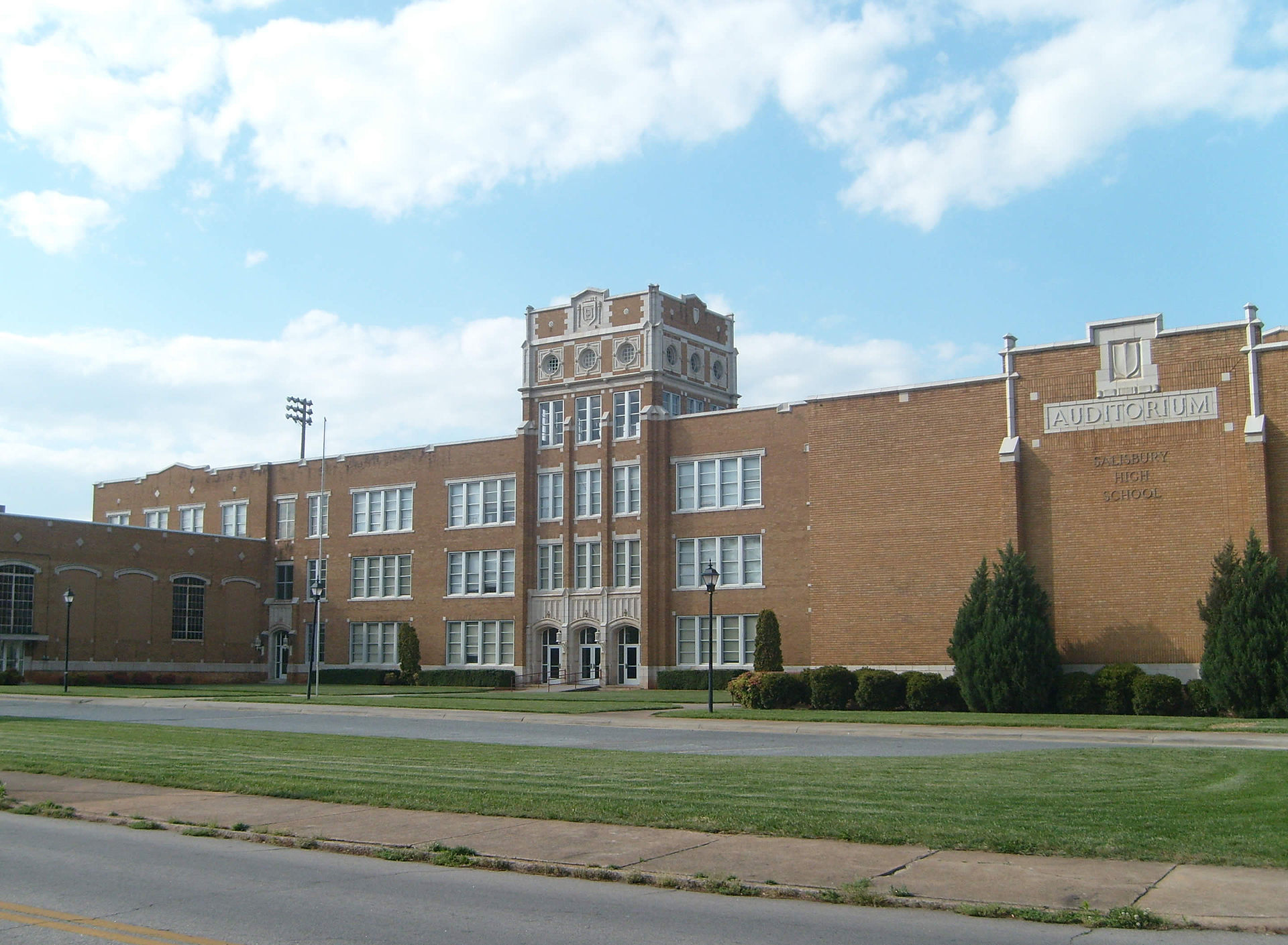Public buildings (buildings owned by the local, state, or federal government) represent a significant portion of large buildings in the U.S., and therefore offer a greater potential for energy savings, through the adoption of energy management plans that set goals for the use of energy efficient technologies or renewable energy sources.
Why is this important to your community?
One of the CONNECT Our Future priorities is improving air quality to support better public health of our residents. This tool not only contributes to improved air quality in two ways (reducing emissions from power production and reducing the urban heat island effect that helps create ozone), it also helps save money for local governments. This frees up some taxpayer dollars spent on energy costs to be redirected to other needed programs within the community. Some strategies that can be incorporated into energy management plans—such as use of bio-solids and use of tree canopy for natural cooling—also help with improving water quality and creating more attractive and livable communities. In short, use of energy management plans can produce multiple benefits for the public, the environment, and the local government by setting requirements for energy efficiency and the use of renewable energy sources.
Skip directly to
How Does It Work?
Resources
Using the Tool
Partners
Where Has It Worked?
Where is it appropriate to use?
What priorities does it address?
How does it work?
Energy management plans can incorporate traditional no-cost energy conservation measures to achieve energy efficiency in public buildings—turning off lights in rooms when not in use, and similar common-sense measures that one would use at home. Even higher energy efficiency can be achieved by including policies for designing new public buildings and retrofitting existing buildings to include the use of energy efficient technologies or solar, geothermal, wind, and other renewable energy sources. However, public entities cannot utilize tax credits, and there is lack of formalized information-sharing from the private sector to the public sector about alternative energy sources. In these situations, public-private partnerships can facilitate the use of renewables, creating long-term savings for the local governments and good return on investment for the private-sector partner.
Resources
- CONNECT Local Government & Public Site Renewable Energy Blueprint
- American Council for an Energy-Efficient Economy
- DSIRE database (funded by the US DOE and maintained by the NC Clean Energy Technology Center)
- North Carolina Performance Standards for Sustainable, Energy-Efficient Public Buildings (NC S 668 (2007) (Revised by NC S 1946, 2008)
- South Carolina Energy Office
Ready to get started?
Using the Tool
- Identify a point person with energy and/or financial expertise to champion the effort; this person may become the “energy manager” for the municipality, county, department, or organization.
- Convene a working group, including representatives of buildings/departments likely to be affected by any proposed changes, to review current energy consumption and costs in buildings. This may require working with the local energy provider to obtain more specific billing and reporting information.
- To create buy-in, facilities managers representing buildings or departments that will be affected by changes in practice or policy should be invited to participate in planning, particularly if they represent major energy users (schools, public works, etc.). Consider working with the local energy provider, or a public sector energy consultant such as Advanced Energy (in NC) or State Energy Offices.
- A consultant and/or LEED-certified architect or engineer likely will be needed for advice if major physical plant changes, new construction or use of renewable energy generation is being considered. Universities that have Energy programs (such as UNCC) also may be a good source of low-cost but cutting-edge advice.
- Begin by identifying common-sense, low cost measures for energy savings. The Salisbury-Rowan County School District is an excellent example of where this has worked (see below).
- Obtain buy-in to ensure that measures can be implemented, and develop an incentive or monitoring system to report success. As low- or no-cost measures produce savings, seek recognition from governing bodies and share the successes!
- If you are already doing this, or once you have done it—go larger!
- Seek policy and budgetary support for more energy efficient technology retrofits (HVAC and lighting, in particular).
- Consider renewable energy sources—solar, geothermal, etc., either as retrofits or for new construction. You will need a consultant for this. Renewable sources typically offer the best payback when they are part of new construction and not a retrofit. See (Energy Work Group Public Sites Assessment Report) for an analysis of examples of the feasibility of renewable sources under different scenarios.
- If you are building new, consider passive as well as active energy-saving strategies: building siting, orientation, passive cooling and heating design, native landscape features such as deciduous trees, etc.
Partners
- Advocacy Groups
- Airports
Where has it worked?
Rowan-Salisbury School District - Rowan County, NC
 Image Source: JoannaSerah. Source License: CC BY-SA 3.0.
Image Source: JoannaSerah. Source License: CC BY-SA 3.0.
Contact
Mike Austin, Energy Manager
austinmr@rss.k12.nc.usAbout the Program
Following a series of budgetary cuts and recognizing the need for generating energy and cost savings, the Rowan-Salisbury School District hired an Energy Manager to monitor energy consumption and develop strategies to reduce energy use and costs. As the school district’s Energy Manager, Mike Austin, began implementing small changes including replacing bulbs with compact fluorescent bulbs, automatic light timers and sensors, programming thermostats, and replacing old equipment with energy efficient versions. In addition to physical changes, he has also instituted an education campaign to raise awareness among staff and students about energy consumption.
Why it works
These small improvements have made a big impact on the physical environment around and within the schools in the Rowan-Salisbury School District. In the last ten years since hiring an Energy Manager, 33 of the district’s 39 buildings have been Energy Star certified, meaning that these buildings perform better than 75 percent of similar buildings in the country. In addition to the environmental and air quality benefits, these small changes yielded $237,000 I savings in 2010 alone.
L:75007550 CONNECT Regional Growth3-Project Data3 Work Group ProductsAir QualityRowan Salisbury SD Snapshot.pdf
- Airports


